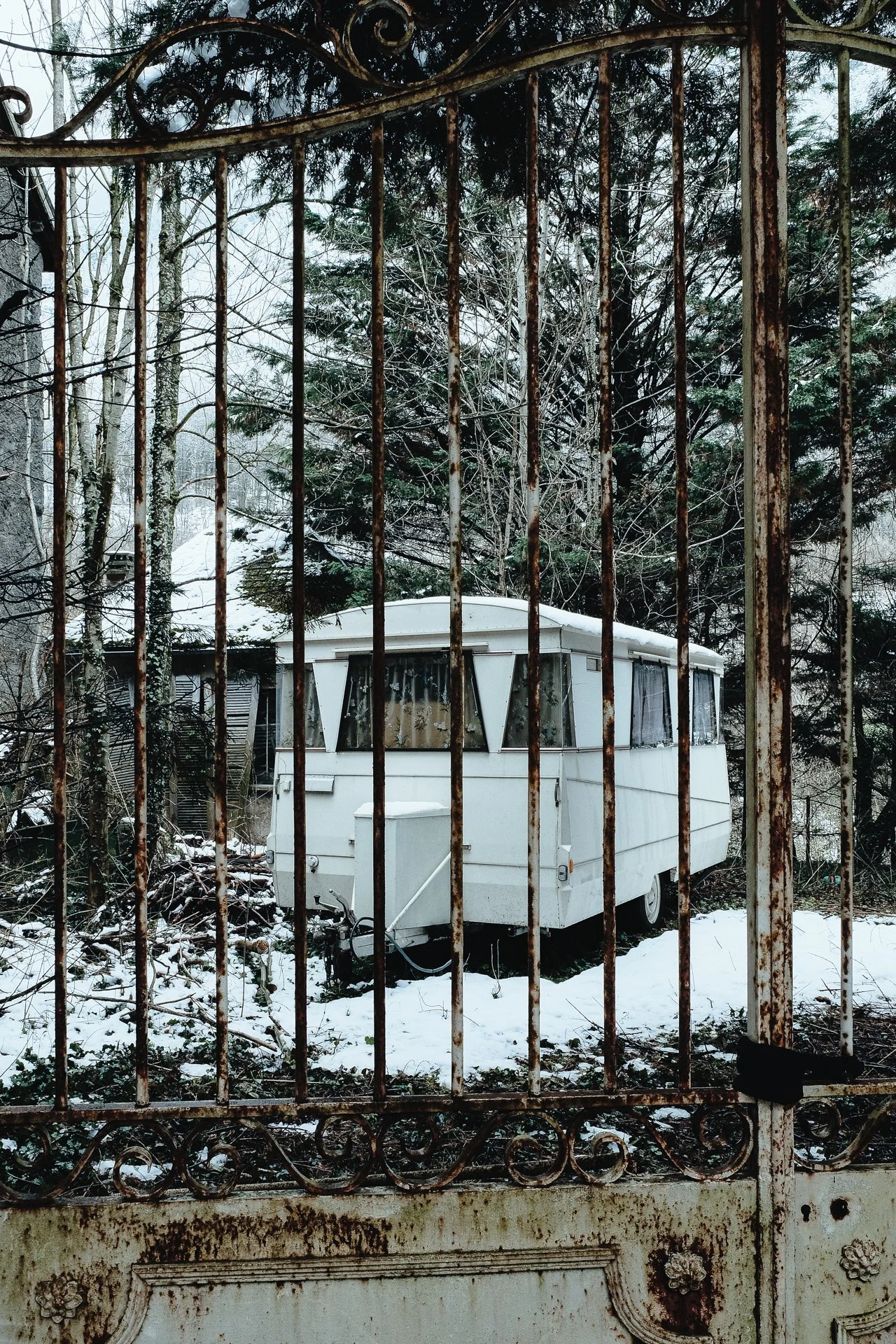Our Fascination for Lost Places
What makes the pictures from lost places so interesting? This is a question I kept thinking about quite a while after visiting the town of Livet. Located in the French Alpes, Livet has definitely seen its best days. The majority of houses are abandoned, worn down by time. I barely saw anybody on the streets leaving me with the feeling that the whole village was lacking of life.
Despite being such a uninviting and cold place, I really did enjoy photographing Livet. From a photography perspective, every corner provided a new motive, another abandoned alleyway or run-down building presenting itself as my next motive. The melting snow and the thick layer of cloud casted a depressing light upon my surroundings, adding a final, gloomy touch to the scenery.






Revisiting Livet while editing my series, I noticed that the images I took in Livet were strikingly different to those I usually take of urban areas. Compared my shots from Berlin, in which I try to present an artistic view on my surroundings, the images from Livet ended up being more on the documentary side. They document a place where time seemed to have stopped for several decades. Providing a rare opportunity to get a glimpse of the past, the mind started wondering: How was it like living here when this place was buzzing with life? What cars drove through these streets? What did people worry about back then?
The bad condition of the buildings then quickly brought me back to reality. Every crack and broken window caused questions about what happened between back then and now: Why did the majority of people abandon Livet? What caused the inhabitants to leave a place they once build themselves? Were there people fighting to maintain the keep the lively spirits of the past alive?
My wondering mind and the ghostly atmosphere left me in melancholic state. Suddenly, the river through Livet reminded me of time, the ever-streaming current of the water saying that time cannot be stopped. By now, it is only these buildings that remind us of the daily lives a whole century ago. Spoiling your mood here but in that moment our little lives that seem so important at times are after all transient.
Why lost place help us take outstanding photographs
Outstanding images in my opinion usually tick either or both of the following two boxes:
The image provides a new visual perspective on our surroundings
The image tells a story that we identify with or feel emotional about
For photos from lost places, it’s usually the latter. It’s less about the images rather than the story and feelings we associate with them. The old buildings with their cracks and associated past lives speak for themselves. They can trigger reaction, let the viewer’s mind wander like it happened for me. What else would we want to achieve with photography (besides the fun every photographer has when running around with high tech gear of course)?






